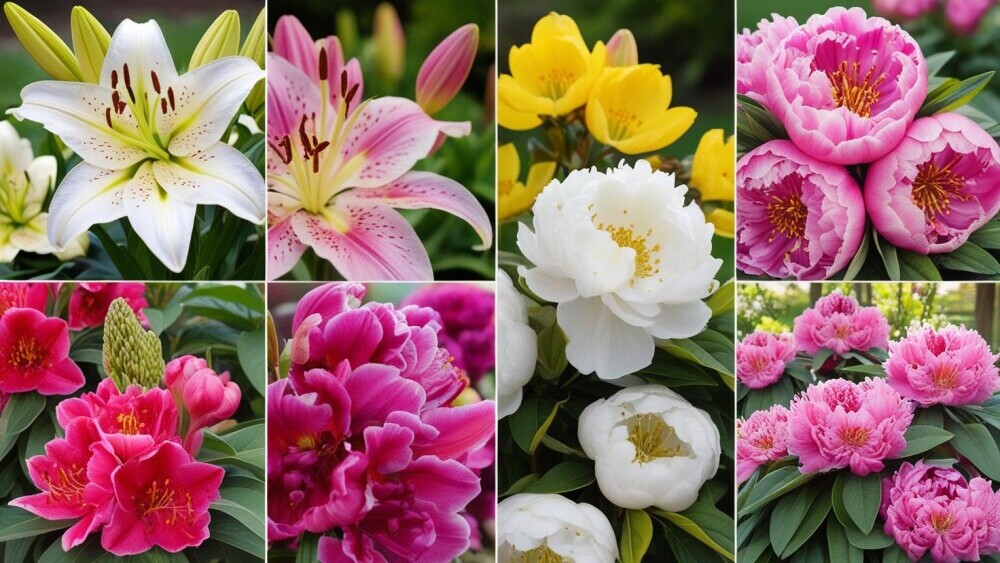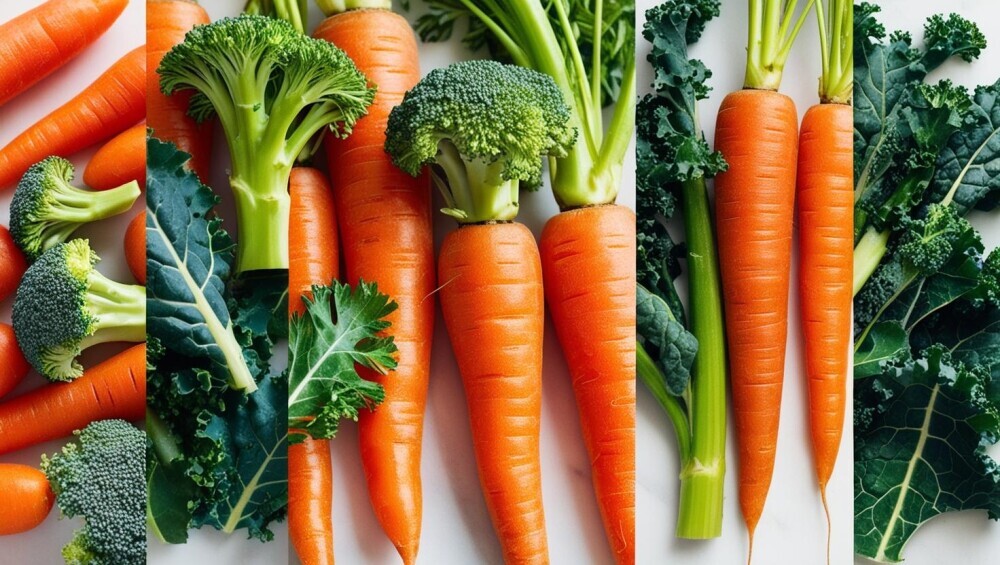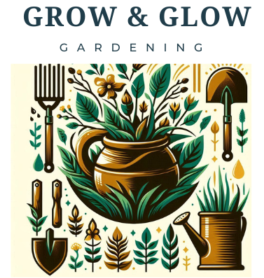Garden zones are like nature’s way of giving us the best gardening advice, tailored to your region. They stem from the USDA Plant Hardiness Zones, which help you understand the climate specifics where you live and how they affect your plants.
These zones categorize different regions based on the average minimum winter temperatures. When you see zones labeled a ‘ and ‘b’, that’s just a finer division within a zone, adding a notch of detail about the slight temperature differences. The ‘a represents the cooler end of the spectrum, while ‘b’ is a tad warmer, helping you pick plants best suited for those subtle variations.
Getting familiar with these zones is crucial for your gardening success. By choosing plants compatible with your zone, you give them the best shot at thriving and enduring the seasonal challenges. It’s like sending your plants to an ideal climate school where they can grow up strong and healthy.
Why does understanding this matter? Knowing your garden zone acts as a cheat sheet when planning what to plant and when, saving you heartache from plants that fail to flourish because they’re not suited to your local weather patterns.
With this knowledge handy, you can be strategic about your planting decisions, ensuring your garden isn’t a hit-and-miss affair. Whether it’s flowers, shrubs, or trees, matching the plants to your garden zone sets you up for lush landscapes and bountiful harvests.
Interpreting Plant Hardiness: From Zones to Ratings
Plant hardiness is key when you’re thinking about what will most likely survive and thrive in your garden. It’s that little piece of info that tells you whether a plant can hang in there when the temperature drops or if it’s better suited for warmer climes.
When you see ‘hardy to zone 5’ on a plant tag, it’s speaking to a plant’s ability to withstand the cold temperatures typical of that zone. So, if you’re in a zone 5 area, those are your winter warriors – plants that can withstand those chillier climates and sprout back when spring rolls around.
Hardiness ratings sometimes come with terms like ‘H1’ to ‘H7.’ Think of these as an extra layer of understanding about temperature resilience. ‘H7’, for instance, refers to plants that can endure the very harshest cold, going strong even when the thermometer plunges to extreme lows.
The cool thing about understanding these ratings is that it adds a strategic layer to your gardening know-how. You can align your choices with the local climate conditions, resulting in a more resilient and rewarding garden.
So next time you’re browsing at the local nursery or checking out plant catalogs, take a second to look at those zone numbers and hardiness ratings. They’re your roadmap to creating a garden that complements both your local environment and your aesthetic desires.
Gardening in Zone 6: Tips and Recommendations
Zone 6 offers a balancing act between chilly winters and warm summers, making it a sweet spot for a diverse range of plants. When you’re deciding what to grow, you’ve got a rich palette of choices, from vibrant perennials to hardy trees.
Many traditional favorites flourish here. Think about planting daylilies, peonies, and hostas, which thrive and burst with color. If trees or shrubs are your thing, dogwoods and rhododendrons are great fits. These are not only resilient but also add an attractive structure to your garden.
 Zone 6 isn’t just about picking the right plants; it’s also about how you care for them. Watering wisely, mulching to retain moisture, and following a feeding schedule that’s in sync with the growing season can make all the difference.
Zone 6 isn’t just about picking the right plants; it’s also about how you care for them. Watering wisely, mulching to retain moisture, and following a feeding schedule that’s in sync with the growing season can make all the difference.
Sustainable gardening practices pay off big time. Composting helps improve soil health while using organic fertilizers keeps your little patch of earth healthy and chemical-free.
And let’s not overlook the power of a community. Swapping tips with fellow Zone 6 gardeners or joining a local gardening club can boost success through shared knowledge and inspiration.
Cultivating a Productive Vegetable Garden in Zone 5b
Zone 5b is a treasure trove for vegetable gardeners, offering a climate that supports a nice range of crops. Knowing what thrives best here can set you up for a hearty harvest.
In this zone, think about veggies like carrots, broccoli, and kale. These cool-season crops love the early spring and late fall’s crisp air. As summer picks up, tomatoes and peppers jump in on the action, soaking up those warmer days.
 Timing is critical to make the most of the growing season in Zone 5b. Start cool-season veggies early, then switch gears to warm-season plants as the temperature rises. This dance of planting can extend your harvests and boost the amount of fresh produce you bring to the table.
Timing is critical to make the most of the growing season in Zone 5b. Start cool-season veggies early, then switch gears to warm-season plants as the temperature rises. This dance of planting can extend your harvests and boost the amount of fresh produce you bring to the table.
Managing your soil is just as vital as choosing the right crops. Rotation is key! Keeping your soil healthy by alternating where and what you plant prevents disease build-up and maintains fertility.
Every garden season comes with its challenges, though! While late frosts can be tricky, taking steps like using row covers can protect tender plants from surprise cold snaps. Adapting to these little quirks ensures your garden flourishes season after season.

Garfield, this article is absolutely fantastic! You’ve done an incredible job of breaking down the complexities of garden zones and plant hardiness into such an engaging and accessible guide. Your detailed explanation of USDA zones, hardiness ratings, and the practical strategies for Zone 5b and 6 gardeners is both informative and inspiring. It’s clear how much thought and care went into providing practical advice that empowers gardeners to create thriving gardens tailored to their local climates. Anyone who reads this will walk away feeling confident and equipped to make smarter planting decisions. Keep up the amazing work, this is gardening wisdom at its finest!
Eric
Hello Eric
Thank you for your comments on Understanding Garden Zones and Plant Hardiness! I’m happy to hear you find this article fantastic and for showing your appreciation for the incredible job I did on this article by breaking down the complexities of garden zone and plant hardiness. I’m very thrilled by the way you outline your comments in this article, which provides practical advice that will empower gardeners to create thriving gardens.
Happy gardening
Garfield.
This was such a helpful breakdown! I used to feel overwhelmed trying to figure out what would thrive in my area, but understanding how garden zones and plant hardiness work really makes it so much easier to plan. It’s fascinating how even a slight shift in zone can make such a big difference. Thanks for making it clear and accessible—definitely bookmarking this for future reference!
Thank you for your comments on Understanding Garden Zones and Plant Hardiness. I am thrilled to hear you find this article helpful, but understanding how garden zones and plant hardiness work makes the gardener’s task much easier to plan. I’m glad you found it be be clear and accessible, and you will bookmark it for future reference
Happy gardening
Garfield